Palmetto Bluff Real Estate Company Sales Office
Office Hours
Monday-Friday 9am - 5pm
Saturday 9am - 4pm
Sunday 12 - 4pm
Saturday 9am - 4pm
Sunday 12 - 4pm
Every year on the Saturday before Thanksgiving, the extended Rahn family gathers with friends, significant others, and a random acquaintance or two around a massive cast-iron kettle watching cane juice boil into syrup. Mike Rahn, head of the family and longtime fixture at the Bluff, hauls up a huge pull-behind grill (it can hold 60 chicken halves), everyone brings a dish, and the party kicks off a week of cooking, eating, visiting, and celebrating, capped by Thanksgiving and lots of college football.
After a bit of persuading, Mike’s son, Palmetto Bluff Conservancy Land Technician Shane Rahn, explained the nuances of this age-old family tradition and the technicalities of their old-world method. “My granddaddy started it more than 75 years ago,” Shane says. “They shared the boiler shed with another family back then, but about 18 years ago, my dad, uncle, and granddaddy built our family’s boiler shed.”
The Rahns grow their own sugarcane. It is planted a year in advance and usually harvested around Thanksgiving when the cane is at its sugariest—before the first frost, which can ruin the crop. Early in the morning on the day of the boil, the family cuts the cane with special knives made for the task, selecting the best stalks and shucking them in the field.
The stalks are then squeezed through a roller mill to extract the juice. “When Granddaddy started making cane syrup, the mills were powered by donkeys or horses,” Shane explains. “When we built our boiler shed, my family rigged a truck engine to run the mill instead.” They calculated the perfect gear ratio and torque required to pull the stalks through the mill at the right speed.
The extracted juice runs through a bed of pine straw and hay to filter the larger bits of debris. Then it is pumped into a tank on the back of a tractor to be taken to the boiler shed and dumped into the kettle. I haven’t personally seen the kettle, but I’ll take it from Jack Hitt of Garden & Gun when he says, “There is no good English word for the simple beauty of this stunning object. It is pure cast iron and shaped like an outsized cereal bowl. You could wash a couple of children in this thing or use it as a birdbath for pterodactyls.”
The first boil takes about four and a half hours. “The pot’s gotta get warm,” Shane explains. Once the juice begins to cook, the boil brings frothy suds to the surface that must be skimmed away. Constantly. For hours. At this point, everyone starts to be thankful for Mike’s grill and the bounty of BBQ chicken. Make no mistake though, this process is a science. The wood must be pine not oak. If the fire is too hot, the syrup will burn. Too low, the bubbles won’t rise and bring the foam to the top. If it’s pulled too early, the pot will crack. There are always a few people who really know what they’re doing and enough amateurs to share the tasks. As Shane says, “The pot keeps cookin’ and cookin’.” The syrup gets skimmed, the fire gets tended, beers get cracked, and the day winds on. Until it’s time to get the syrup off the boiler before it scorches.
When the bubbles turn copper and the syrup starts to thicken, the experts of the family test the syrup with a hydrometer that measures the density on a scale of one to 100. The sweet spot is right around 32 or 33. Once it hits the right thickness, the syrup gets scooped out into washtubs and filtered one last time before being bottled. The second pot only takes about two hours. Yes, they boil a second pot. At the end of the day, 60 gallons of juice produce about six gallons of syrup. Two boils get them around 12 gallons to share between everyone.
As with most family get-togethers, something always goes wrong. One year, Mike forgot the chicken (heaven forbid). Another time, Shane dropped a pump into the tank of cane juice and had to fish it out. Something gets stuck. Someone grumbles about white cane versus red cane and which is better. Shane doesn’t even particularly like cane syrup, as he somewhat reluctantly admits, but he is proud that he gets to make it with his family. “A lot of people say it’s the best they’ve ever tasted.” The Rahns cherish this tradition. Everyone gets fed and goes home with a jug of pure, homemade cane syrup. Throughout the year, it gets put on anything and everything from grits to caramelized bacon.
Sadly, this tradition is dying out. Even in a world where organic, farm-to-table food is reaching peak popularity, it’s a complicated, time-consuming process that requires the kind of care, preparation, and attention that is hard to come by today. These days, if someone is growing and processing cane, they’re typically doing it for profit. The Rahns just do it for fun.
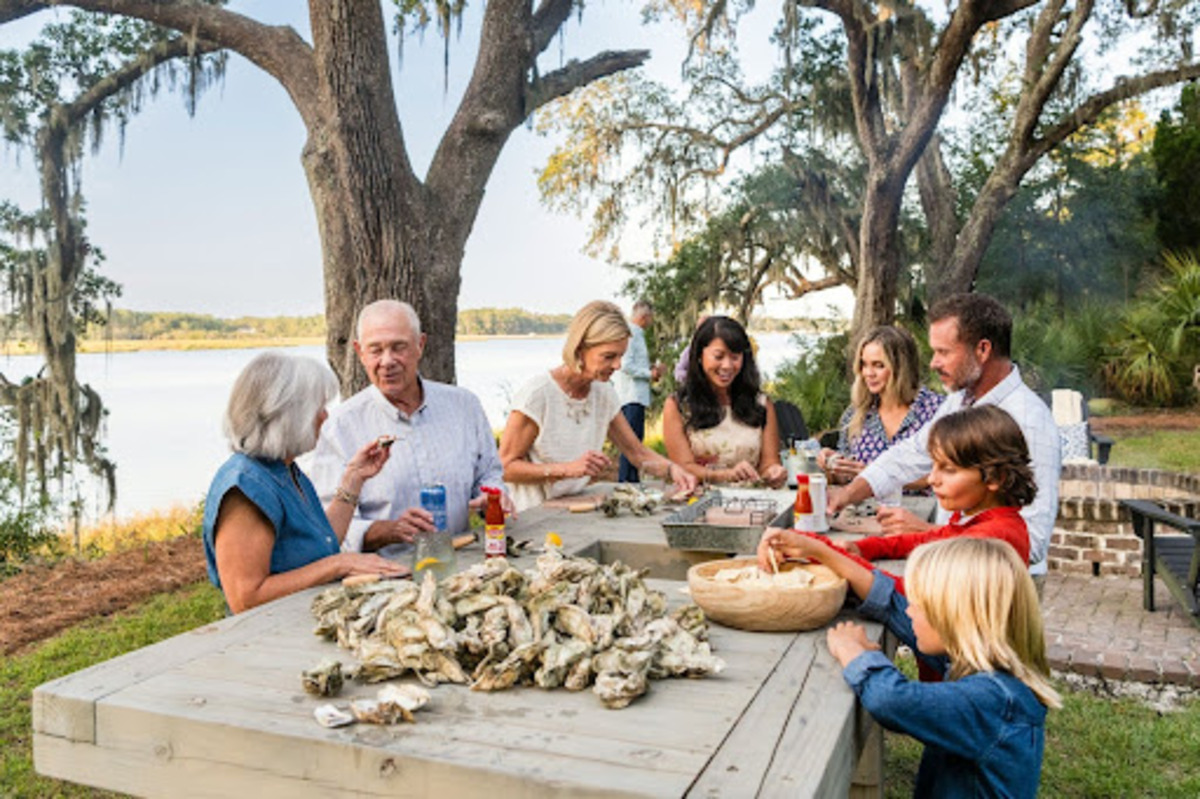
Best Things to Eat in South Carolina’s Lowcountry When it comes to Southern cuisine, no place captures the heart (and appetite) quite like the South Carolina Lowcountry. Rooted in history and layered with coastal influence, this region serves up a culinary id...

Marissa’s Journey to Palmetto Bluff At Palmetto Bluff, hospitality goes beyond service; it’s a way of life. For Members and visitors alike, there’s a quiet charm to the place that draws you in, makes you feel at ease, and leaves a lasting impression. Few peop...
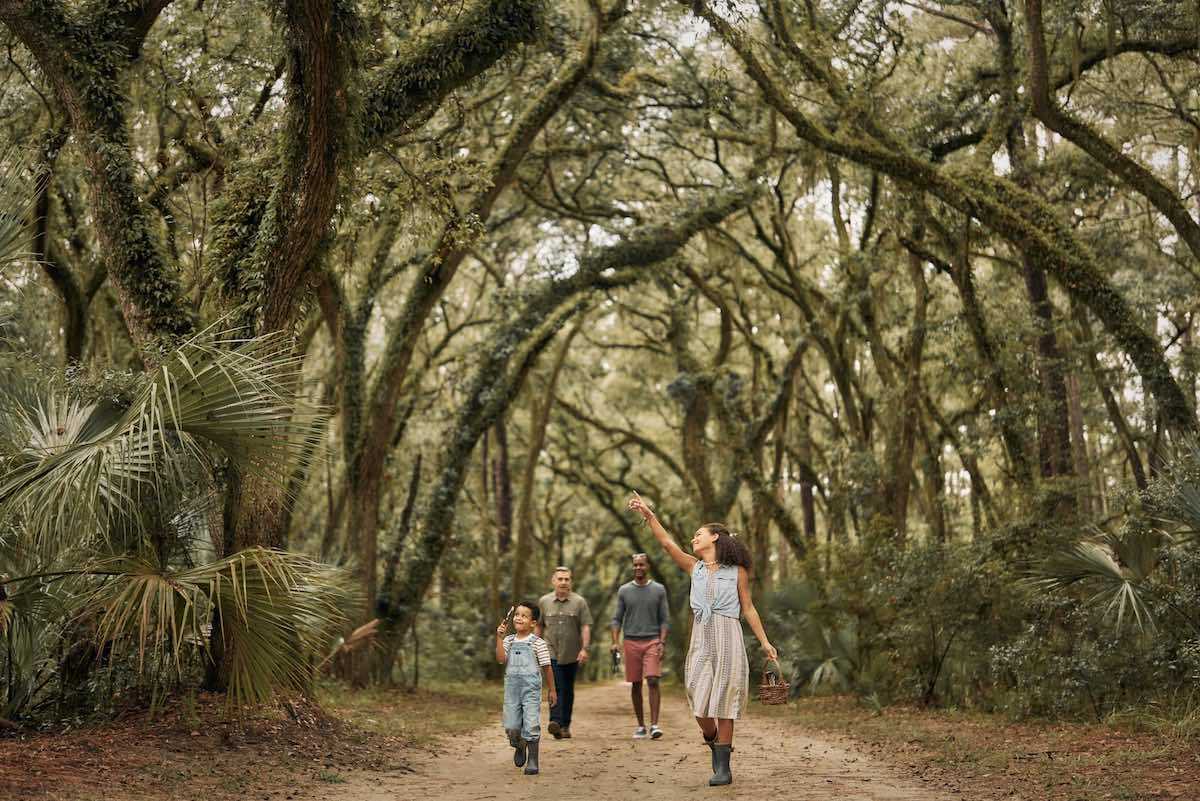
Top 7 Palmetto Bluff Nature Trails Do you ever get the feeling of wanting to escape and wander into a serene paradise? The nature trails at Palmetto Bluff afford opportunities to roam and admire the vastness of the Bluff’s 20,000 acres. Throughout the communi...

Palmetto Bluff’s Moreland Village feels a world away from the more traditional architecture of the iconi...

We are thrilled to introduce the inaugural winners of the Inspiring the Arts Scholarship—three extraordinary young women pursuing their artistic dreams through higher education! Katherine Donahue has been named our first official scholarship recipient, with Em...
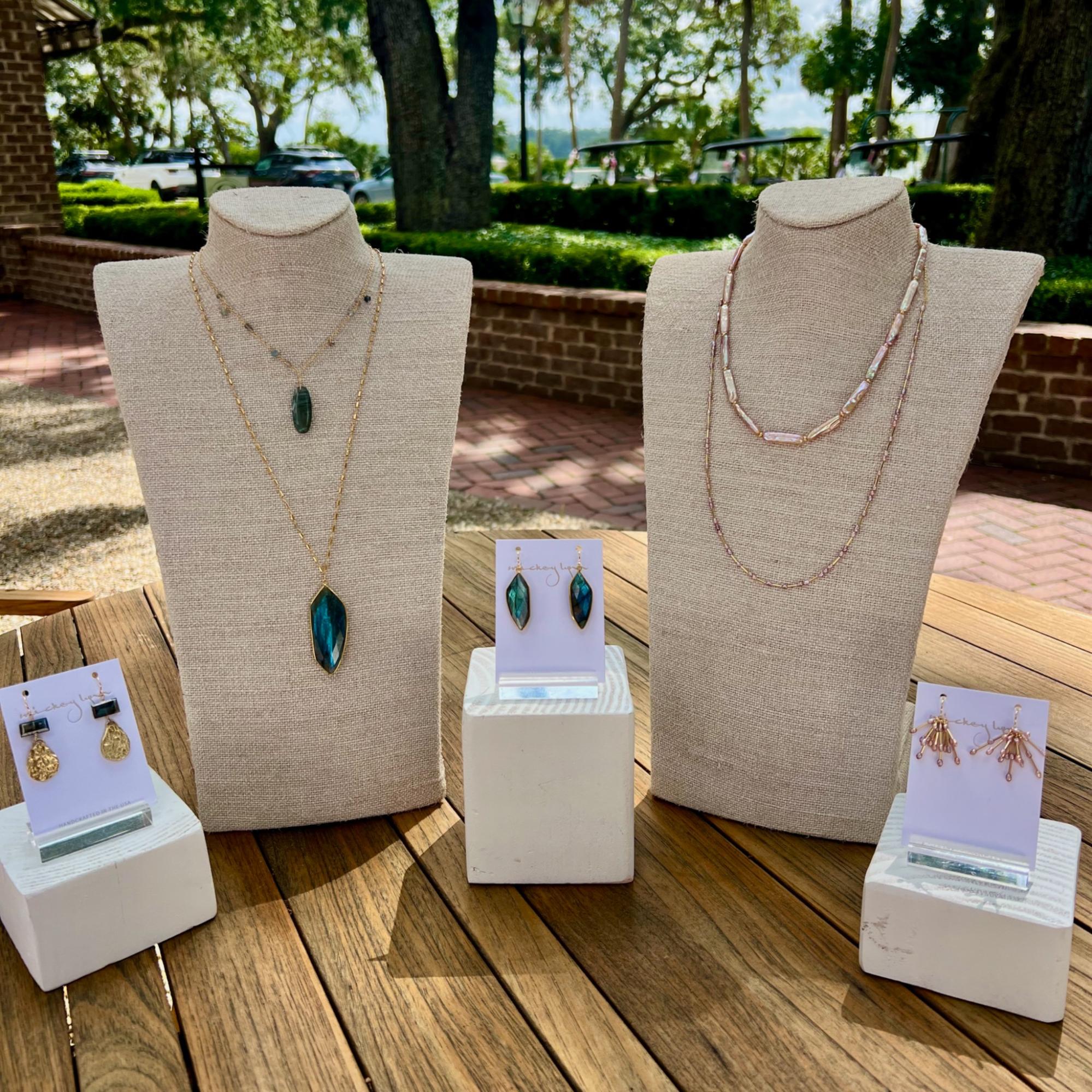
From handmade jewelry to performance wear, the latest arrivals at Palmetto Bluff’s retail spots capture the season in true Lowcountry style. This summer, the Bluff’s shops are full of fresh finds, carefully chosen by our trusted retailers—including FLOW Galler...
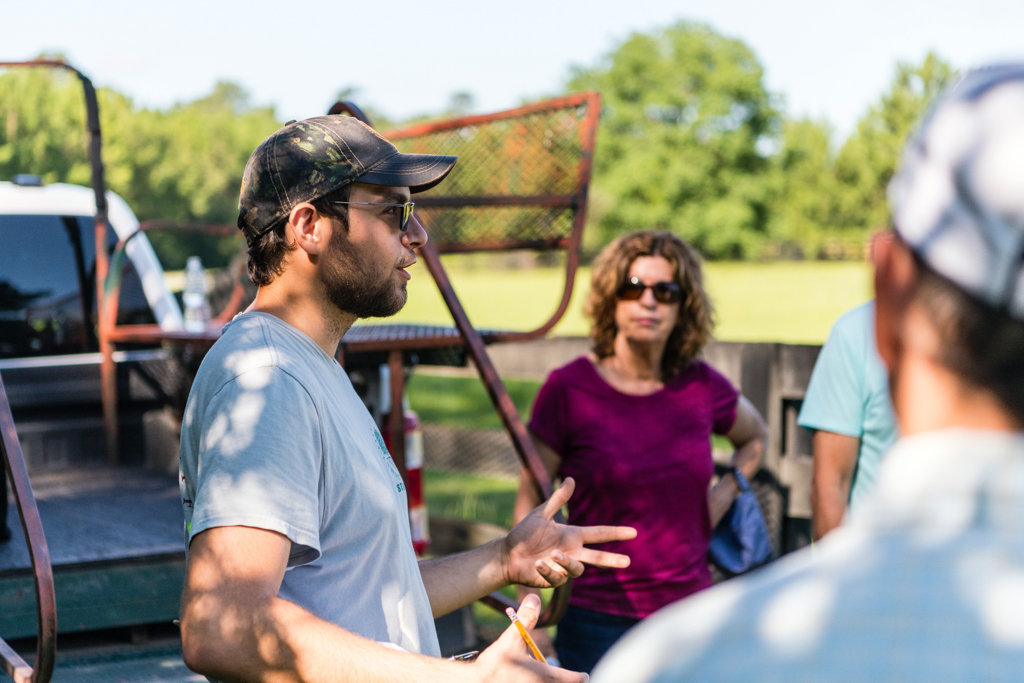
Citizen Science is Thriving at Palmetto BluffDid you know that residents of Palmetto Bluff are playing a vital role in national and global conservation efforts—all from their backyard?Through the Palmetto Bluff Conservancy’s growing Citizen Science programs, c...

In October 2024, Grammy Award-winning musician Clay Ross visited Palmetto Bluff as part of The Arts Initiative's Artist in Residence Program. Through storytelling and song, he explores identity, heritage, and the universal language of sound. By Barry Kaufman ...
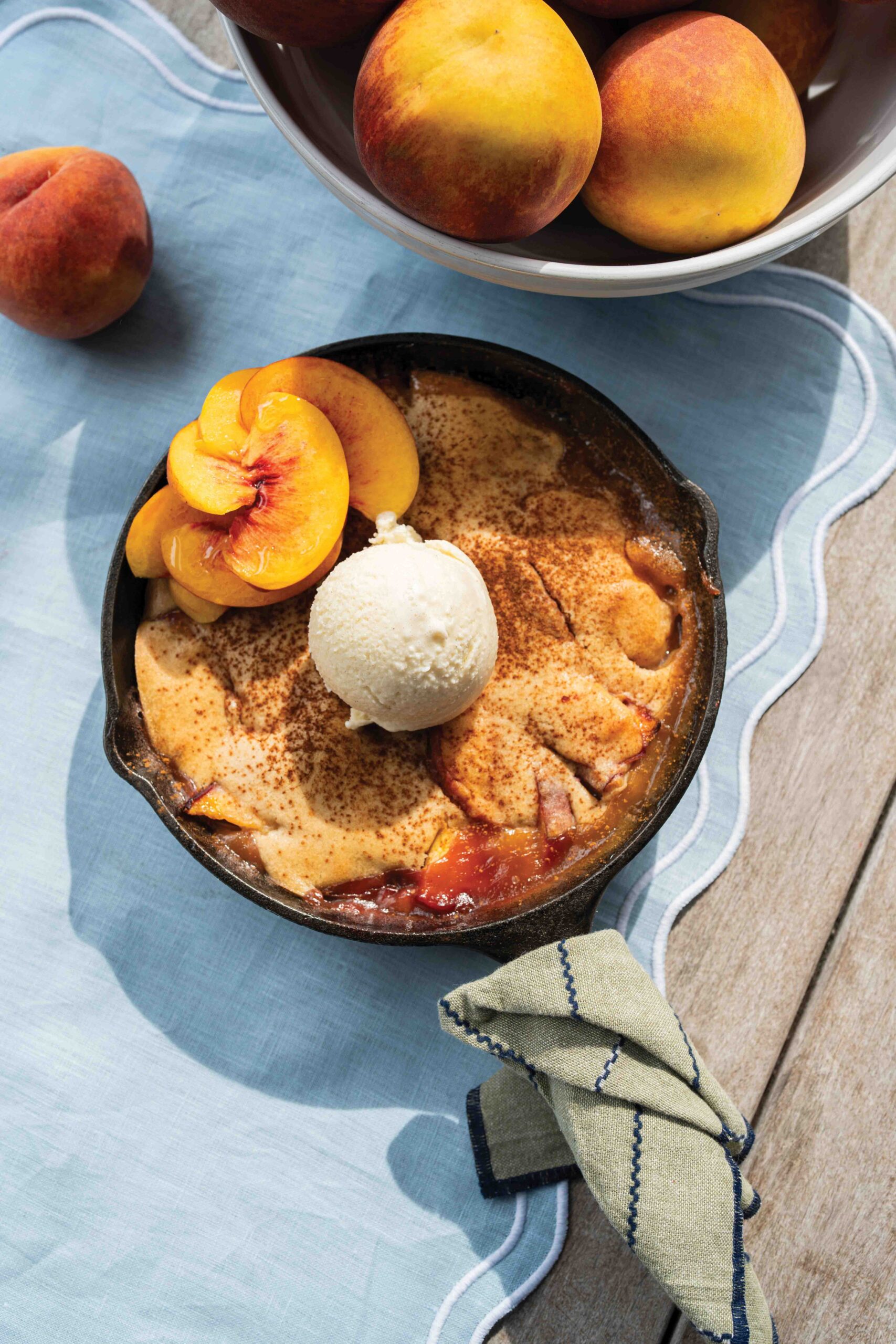
Palmetto Bluff Club Executive Chef Beth Cosgrove and Director of Culinary, Chef Rhy Waddington, Cook Up Four Peachy Recipes for a Summer in the South. Is there anything more iconic than a southern peach? A symbol of summer and Southern heritage, the peach car...
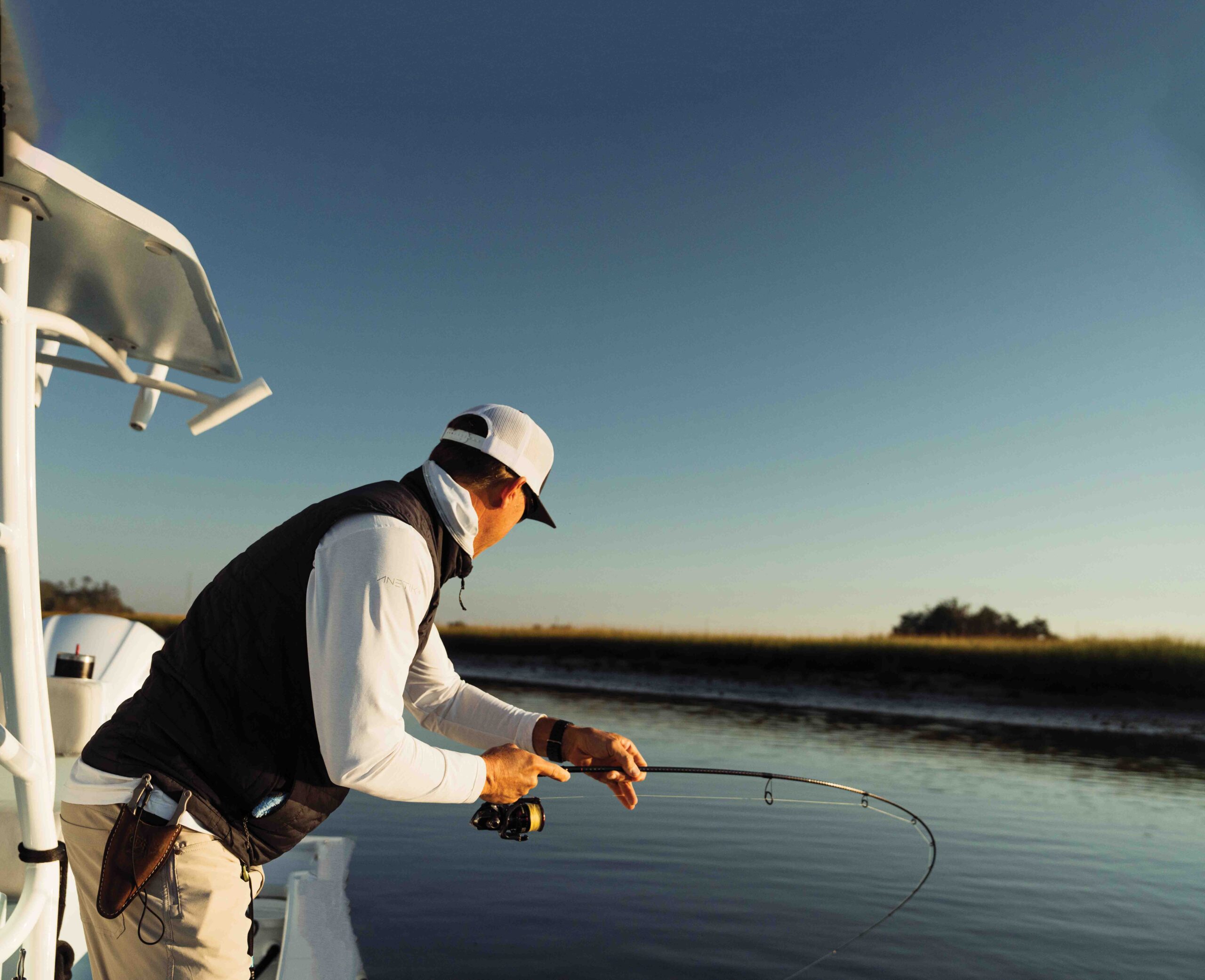
Following the tides and angling for redfish in Lowcountry creeks and estuaries with Captains Brian Vaughn and Will Stephens Story by Sandy Lang It is a sunny morning in October and the water is calm and glassy. The silence is punctuated by a gush of breath f...
Learn about the Palmetto Bluff Conservancy and how we keep the vision of our land in place.
On land or water, there is an ever-evolving variety of activities.
We do not attempt to independently verify the currency, completeness, accuracy or authenticity of the data contained herein. All area measurements and calculations are approximate and should be independently verified. Data may be subject to transcription and transmission errors. Accordingly, the data is provided on an “as is” “as available” basis only and may not reflect all real estate activity in the market”. © [2023] REsides, Inc. All rights reserved. Certain information contained herein is derived from information, which is the licensed property of, and copyrighted by, REsides, Inc.